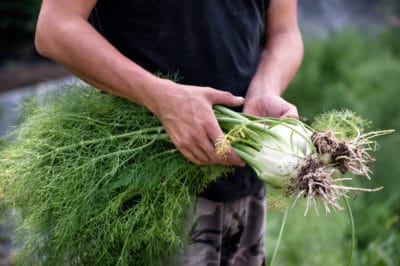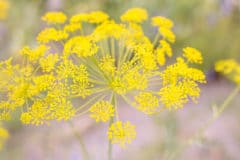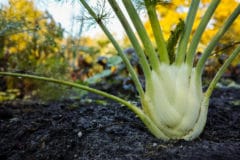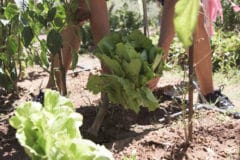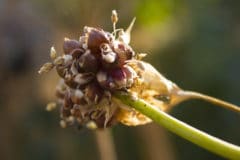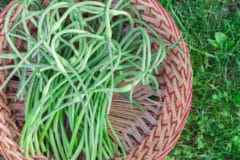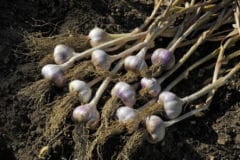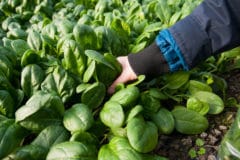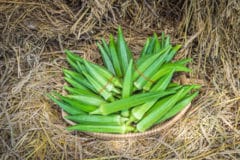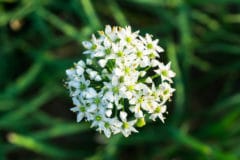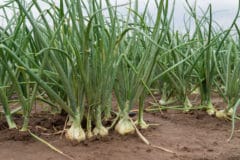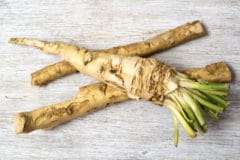Herb Fennel
As soon as the plant is well established and growing leaves you can begin harvesting them. Cut the feathery leaves off at the stem. Do not remove more than one-third of the vegetative growth to ensure the plant will continue to grow. This foliage can be chopped and added to recipes, or brewed into an anise-like tea.
Continue to harvest leaves as needed throughout the season. Cutting off the flower heads will encourage more leaf growth. Trimming the plant will create a bushier look, better for privacy screening. During late fall the plant will die back and the leaves will brown.
Bulb Fennel
Many gardeners are seeking a plump fennel bulb from their plants but not all fennels are created equal. Most varieties of fennel are herbal and will not produce a bulb. The Florence variety, cultivated for centuries in Italy, is the only bulbing fennel.
As Florence fennel develops, the stem grows fat and round until it is about the size of a tennis ball. This takes approximately 65-90 days. Harvest bulbs that are between 2 and 3 inches in diameter. Larger bulbs are likely to be bitter or tough.
Cut the bulb with a sharp knife at the soil surface. Trim away any stems or flower heads from the top of the plant and store in the refrigerator.
Harvesting Seed
Fennel seeds pack huge flavor. They give Italian dishes authenticity, add flavor to bread and chutneys. You can even chew on a seed to freshen breath. Not only do you get a culinary spice from harvesting fennel seed, but the seed can be planted in next years garden.
Herb fennel will naturally begin to flower more toward the end of the season. You know they are ready to harvest when they turn from green to brown. They will also easily detach from the plant when they are fully ripe and viable.
What you will need:
- Paper Bag
- Sharp pruning shears
- Dry place for storage
Using shears, snip whole seed heads off of the plant into the paper bag. They are shaped like umbrellas and have one central shoot; so one snip should remove the entire head.
Store the bag in a dry place for a couple of days to a week until all the moisture is gone from the seed heads. At that point, you should be able to shake the bag vigorously to detach the seeds from the heads. Some will still need to be picked by hand. Pick the last of the seeds as you remove the empty heads.
